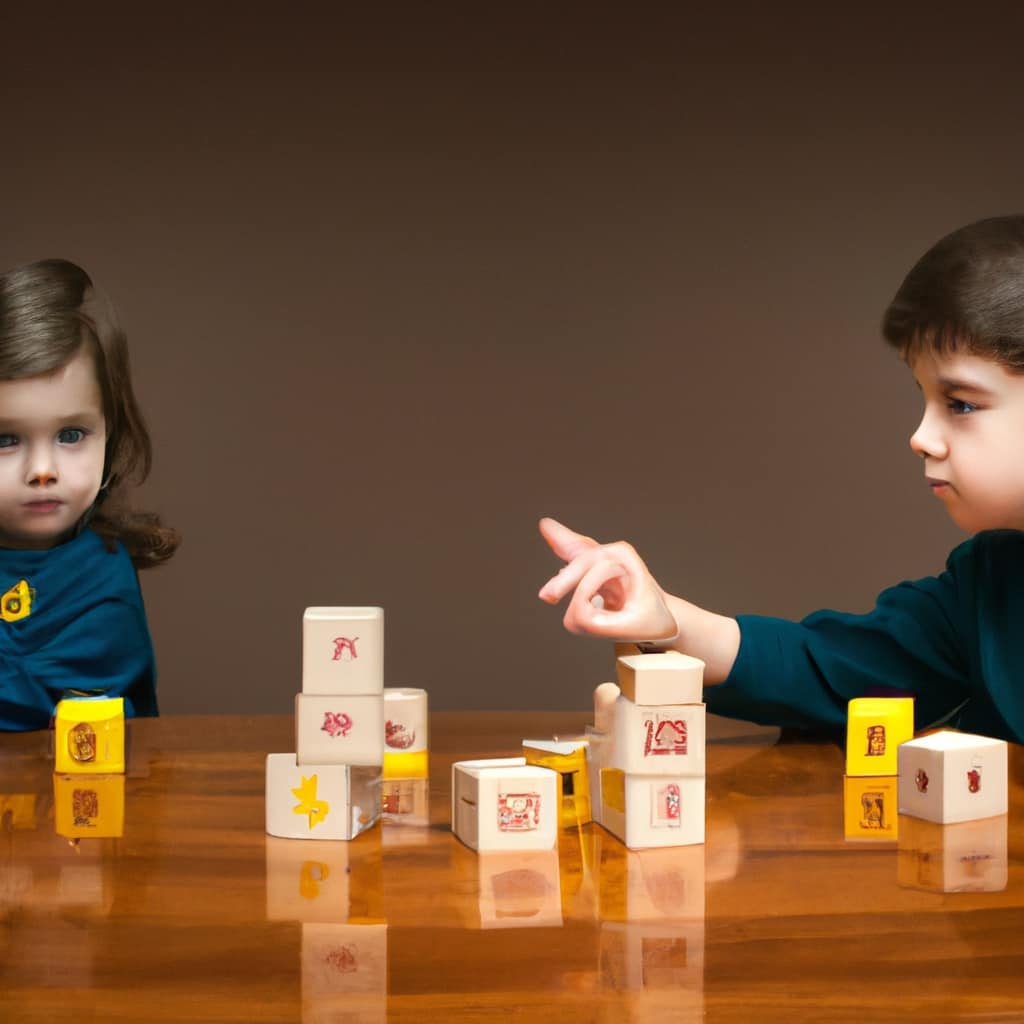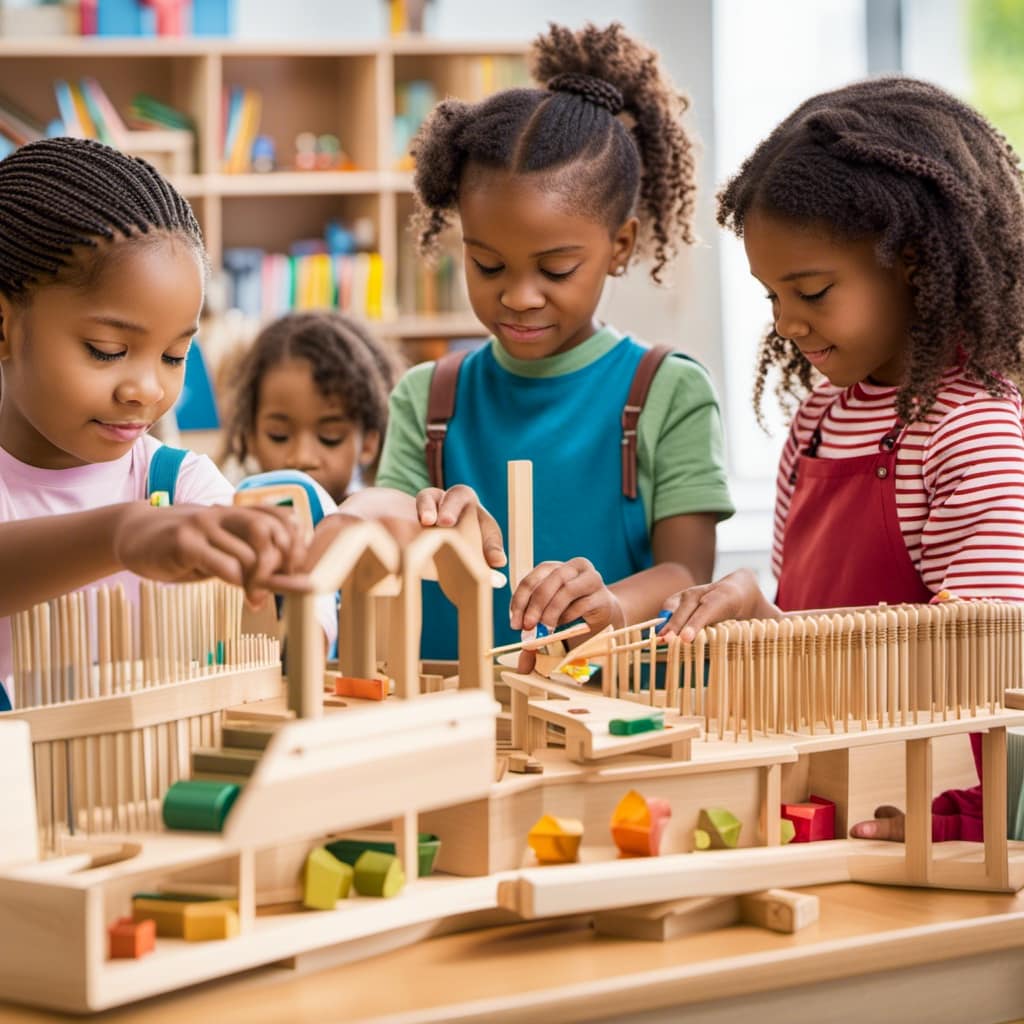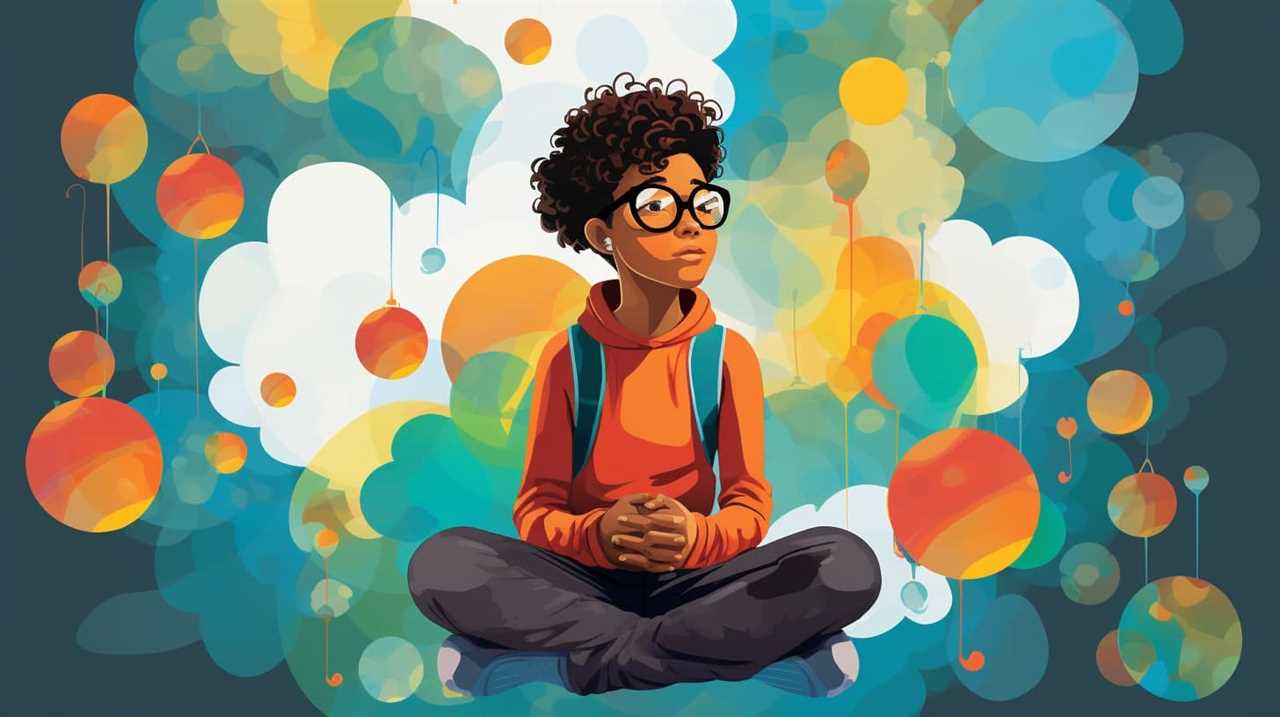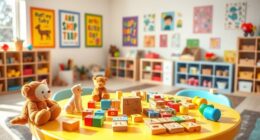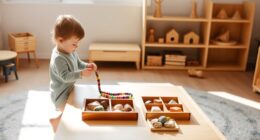In my experience studying early childhood education, I have personally witnessed the important impact that personal toys have on both the safety and learning environments in preschools. What may seem like ordinary toys can pose different safety hazards such as dangers and toxic materials, as well as create distractions and disruptions during lessons.
However, it is crucial to strike a balance, as personal toys also have the potential to encourage sharing, social interaction, and creativity. In this article, we will explore the intricate relationship between personal toys and the safety and learning outcomes of preschoolers.
Key Takeaways
- Lack of teacher supervision for personal toys can lead to safety hazards and injuries in preschool.
- Personal toys can distract and disrupt the classroom environment, hindering academic performance.
- Encouraging sharing and social interaction helps develop important social skills and fosters a sense of community.
- Fostering creativity with diverse classroom materials allows students to express themselves in unique ways and cater to different learning styles.
Safety Concerns With Personal Toys at Preschool
I’m concerned about the safety of personal toys at preschool because they can pose choking hazards and contain toxic substances.
As a teacher, I have observed instances where personal toys brought by children have created safety concerns and disruptions in the classroom.
To address this issue, potential solutions include implementing stricter guidelines on personal toy usage, increasing teacher supervision, and educating parents about the potential dangers of certain toys.
Parental involvement is crucial in ensuring that the toys brought to preschool meet safety standards and do not pose any risks to the children.
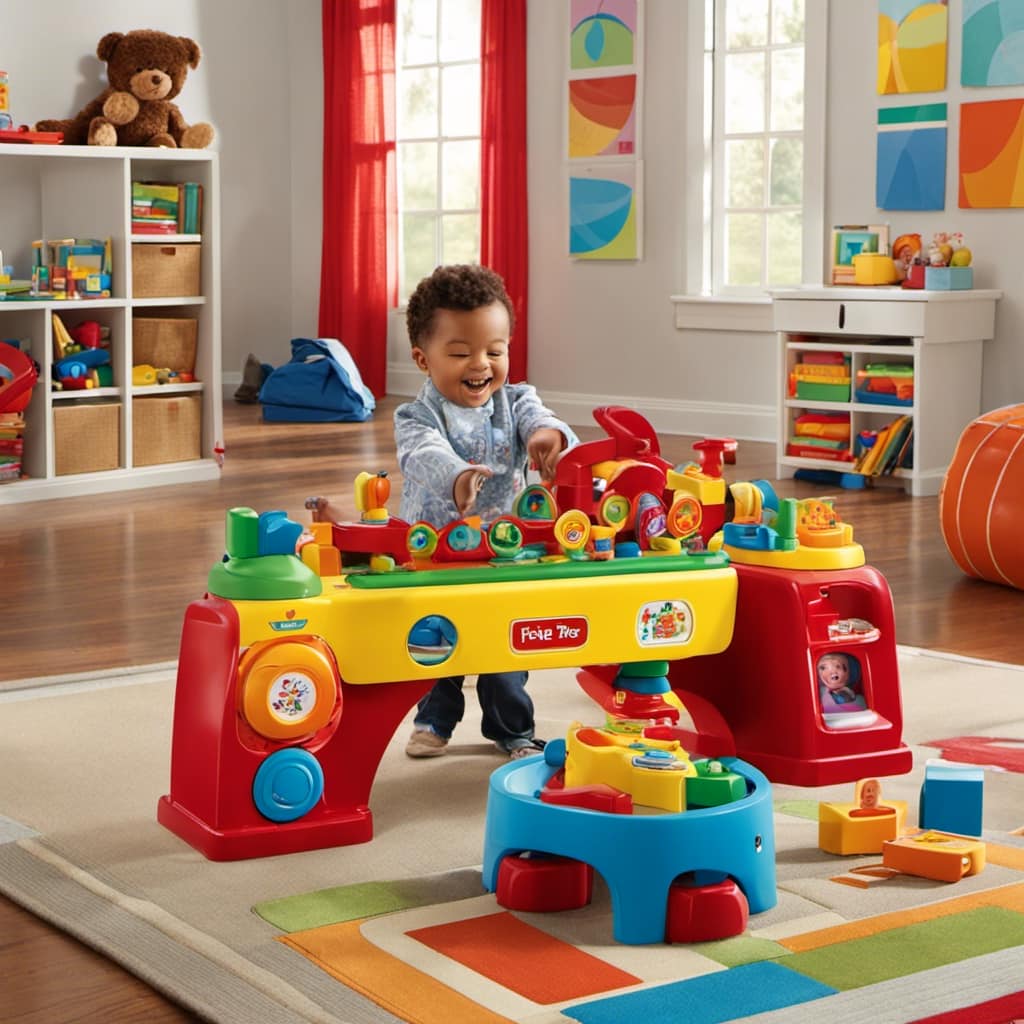
Distraction and Disruption in the Classroom
Bringing personal toys into the classroom can be disruptive and divert the attention of the child who brings them. This can have a negative impact on the learning environment. Here are some key points to consider regarding the distraction and disruption caused by personal toys:
-
Personal toys can divert the child’s focus away from the lesson and learning objectives. When a child is more focused on their toy, they are less likely to actively participate in the lesson and absorb the information being taught.
-
The presence of personal toys can also distract other children in the classroom. They may become curious and pay more attention to the personal toy than to the teacher’s instructions. This can lead to a lack of engagement and a decrease in overall learning.
-
In addition to the distraction factor, personal toys can also lead to decreased productivity and hinder academic performance. When a child is constantly playing with their toy, they are not fully engaged in the learning process, which can result in lower grades and a lack of progress.
-
Another issue that arises when personal toys are brought into the classroom is the unequal distribution of resources. Some children may have personal toys while others do not. This can create a sense of unfairness and inequality among the students, which can further disrupt the learning environment.
-
Personal toys can also create a sense of competition and envy among the students. When one child has a particularly interesting or desirable toy, other children may feel jealous or left out. This can create a negative atmosphere and hinder collaboration and cooperation among the students.
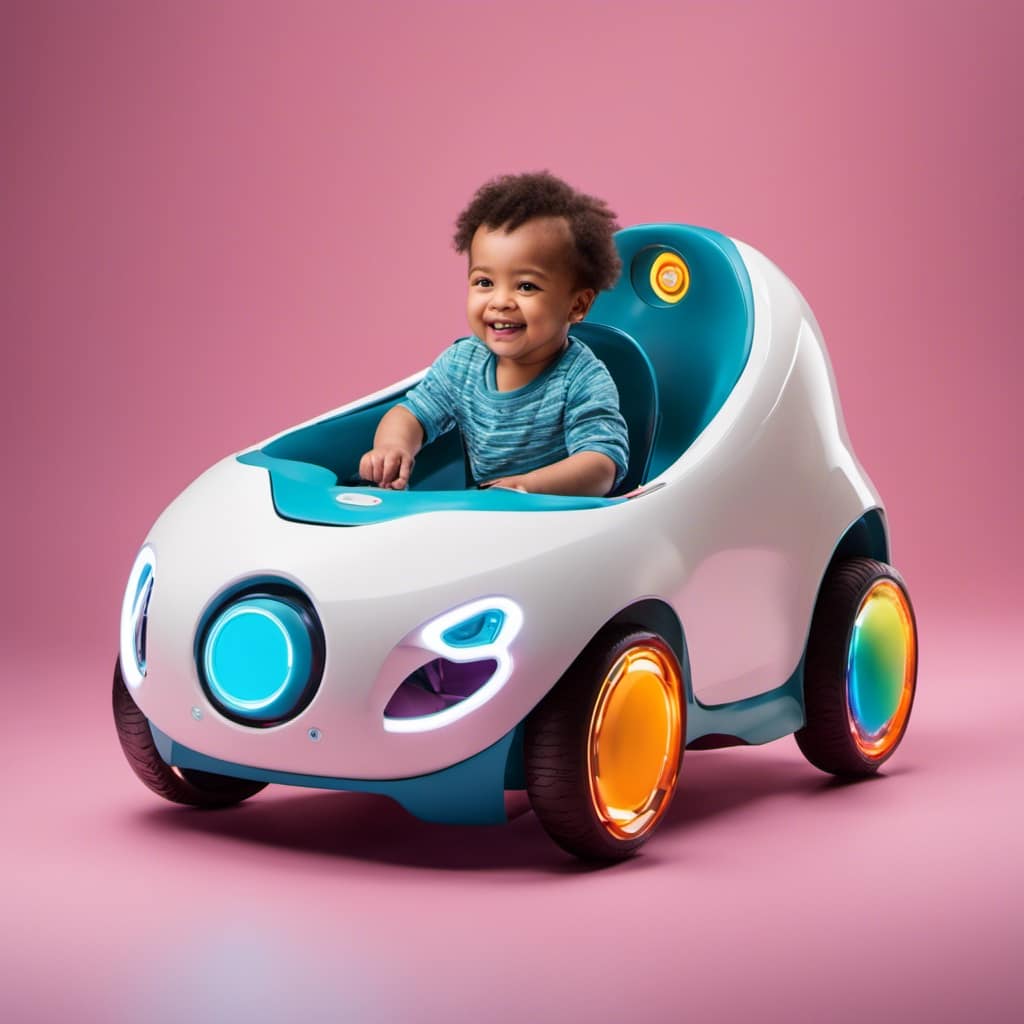
To create a more conducive learning environment, it is important to minimize distractions and promote equal opportunities for all students. This can be achieved by implementing rules and guidelines regarding personal toys in the classroom and encouraging students to focus on their learning rather than their toys.
Encouraging Sharing and Social Interaction
Sharing promotes empathy, patience, and cooperation among students in the classroom. When students share their toys, materials, and ideas, they learn to understand and appreciate each other’s perspectives. Through sharing, they develop important communication skills and problem-solving abilities. By taking turns and collaborating, they learn to work together towards a common goal.
Sharing also fosters a sense of community and inclusivity, as students learn to respect and value each other’s contributions. It creates a positive learning environment where every student feels heard and valued. Additionally, sharing exposes students to different experiences and ideas, expanding their understanding of the world around them.
Overall, encouraging sharing and social interaction enhances the learning experience and prepares students for future cooperative endeavors.
Fostering Creativity With Classroom Materials
Using a variety of materials in the classroom fosters creativity and encourages students to think outside the box. To foster creativity, it’s important to provide students with diverse materials that cater to their individual interests. Here are five ways in which different materials can promote creative expression:
- Various art supplies like paints, clay, and markers allow students to explore different mediums and techniques.
- Manipulative materials like building blocks and puzzles encourage problem-solving and spatial reasoning skills.
- Musical instruments and props inspire students to express themselves through music and movement.
- Natural materials like leaves, sticks, and shells invite students to create artwork inspired by nature.
- Digital tools like tablets and cameras provide opportunities for students to explore digital art and photography.
Promoting Equality and Inclusivity Among Students
Promoting equality and inclusivity among students involves creating a positive learning environment that addresses individual needs and fosters collaboration. Addressing individual needs is crucial in ensuring that every student feels supported and included. By understanding and accommodating different learning styles and abilities, we can create a classroom where all students can thrive.
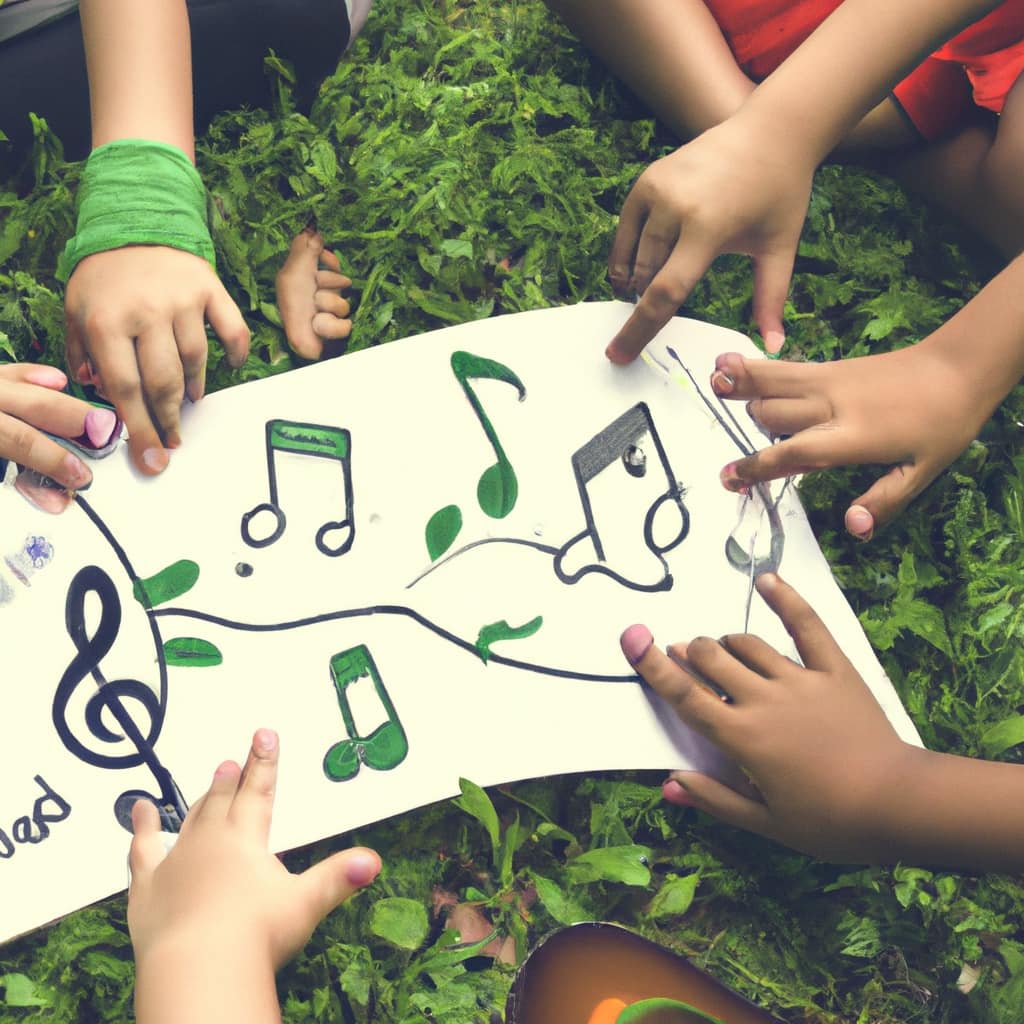
This involves providing materials and resources that cater to diverse interests and strengths, allowing each student to express themselves in their unique way. Creating a positive environment goes beyond just the physical space. It also involves implementing strategies that promote collaboration and teamwork, encouraging students to work together and foster a sense of community.
Potential Choking and Injury Hazards
As a teacher, I prioritize the well-being of my students and take precautions to prevent potential hazards like choking and injuries associated with personal toys. It’s essential for teachers to be vigilant and ensure that the toys brought into the classroom meet safety standards.
Here are some reasons why teacher supervision and potential toy recalls are crucial:
- Teacher supervision helps identify potential choking hazards and prevents injuries.
- Personal toys may not meet safety standards and could contain toxic substances.
- Teacher supervision ensures that personal toys do not distract or disrupt the classroom environment.
- Personal toys made of low-quality materials can pose safety risks.
- Potential toy recalls can be identified and addressed promptly with teacher supervision.
Compliance With Safety Standards and Toxic Substances
I prioritize the well-being of my students by ensuring that all materials in the classroom meet safety standards and do not contain any toxic substances.
Compliance challenges can arise when it comes to personal toys brought by students. These toys may not meet safety standards and could pose health risks. It is essential to carefully inspect and evaluate personal toys to ensure they are safe for use in the classroom. By doing so, we can mitigate the potential health risks associated with these toys.
Additionally, it is crucial to educate parents and students about the importance of bringing safe and non-toxic toys to school. This proactive approach helps create a safe and healthy learning environment for all students.
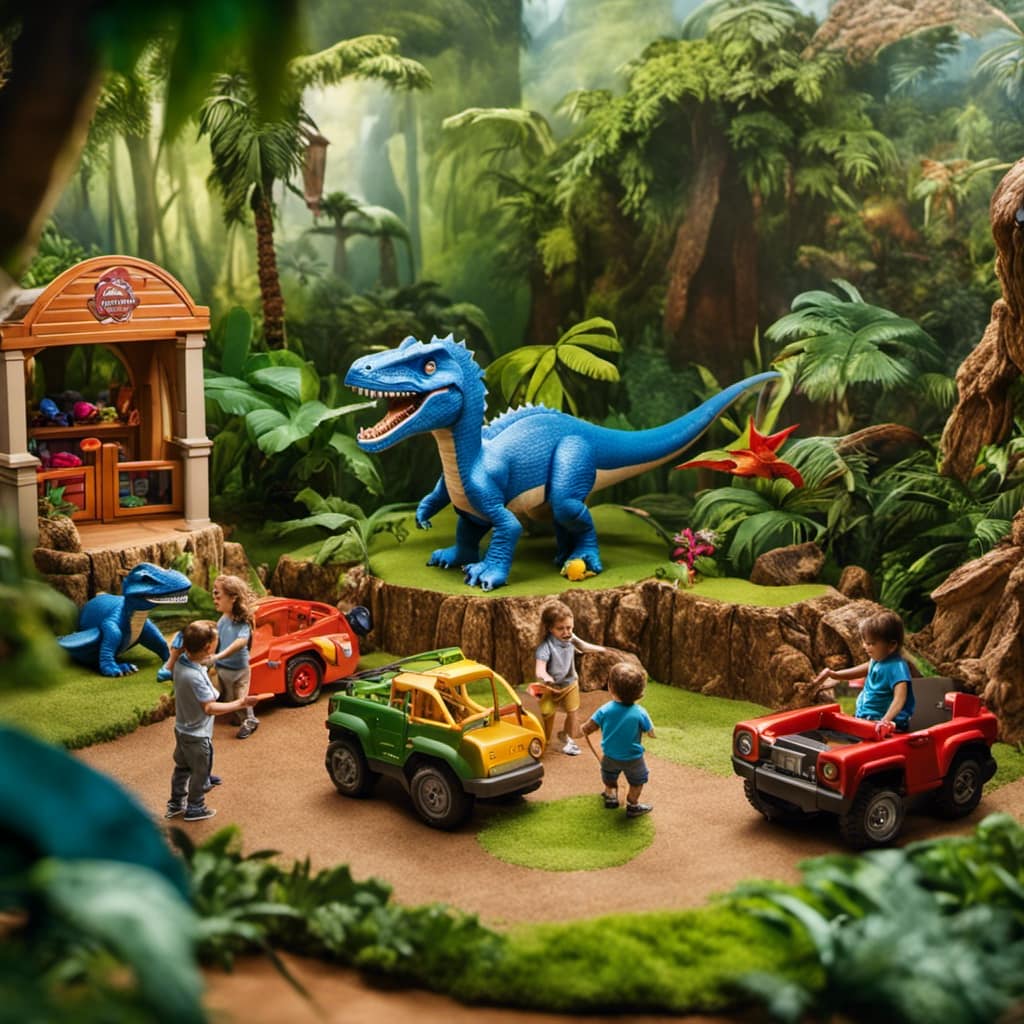
Negative Effects on Focus and Productivity
Encouraging a toy-free environment in the classroom allows for increased focus and productivity among students. When personal toys are present, they can lead to decreased engagement and reduced learning outcomes. Here are five negative effects on focus and productivity:
-
Distraction: Personal toys divert the attention of the child who brings them, making it difficult for them to concentrate on classroom activities.
-
Disruption: Personal toys attract the curiosity of other children, causing them to lose focus and disrupt the learning environment.
-
Unequal distribution of resources: Personal toys can create a sense of inequality among students, leading to feelings of exclusion and hindered academic performance.
-
Lack of collaboration: Personal toys discourage students from working together and collaborating, which is essential for a productive learning experience.
-
Decreased academic performance: Personal toys can result in decreased engagement and reduced learning outcomes, impacting students’ overall academic performance.
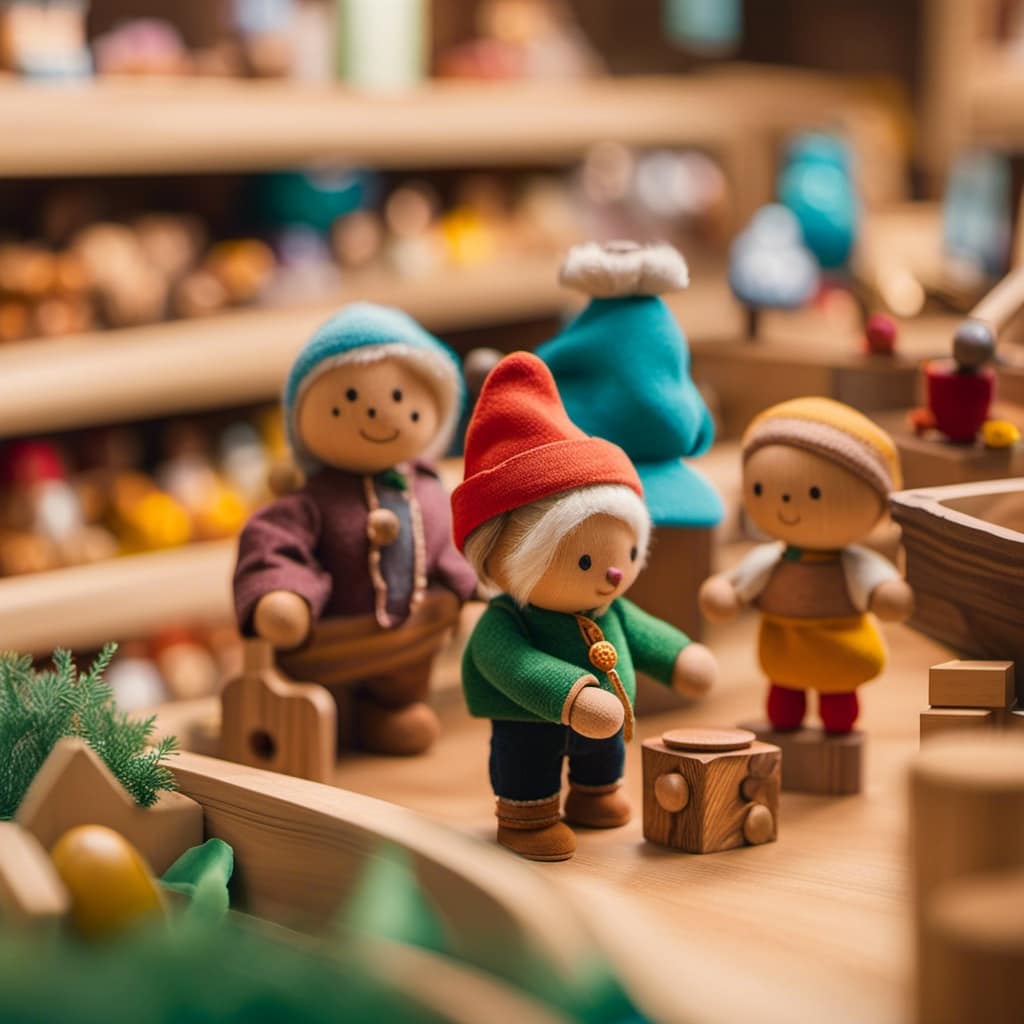
Impact on Academic Performance
In my previous section, I discussed the negative effects of personal toys on focus and productivity in the preschool classroom. Now, let’s delve into how personal toys can impact academic performance and cognitive development.
| Personal Toys and Academic Performance |
|---|
| – Personal toys can distract children from their academic tasks. |
| – The presence of personal toys can lead to decreased concentration and engagement in classroom activities. |
| – Children may prioritize playing with their toys over participating in educational activities. |
| – Personal toys can disrupt the learning environment and hinder the teacher’s ability to deliver instruction effectively. |
| – Academic achievement may be compromised as a result of the time and attention dedicated to personal toys. |
Research has shown that academic achievement and cognitive development are closely linked in early childhood. Preschool is a critical period for laying the foundation of essential skills and knowledge. When children are preoccupied with personal toys, their cognitive development may be hindered. They may miss out on valuable learning opportunities and fail to develop important cognitive abilities such as problem-solving, critical thinking, and information processing.
To ensure optimal academic performance and cognitive development, it is important for preschools to create an environment that is conducive to learning. This can be achieved by minimizing the presence of personal toys and providing a range of developmentally appropriate materials and activities that support academic growth and cognitive development.
Frequently Asked Questions
How Can Personal Toys at Preschool Pose Safety Hazards?
Personal toys at preschool can pose safety hazards such as potential choking hazards and distractions during learning. It is important to ensure that personal toys meet safety standards and do not disrupt the classroom environment.
What Are the Potential Negative Effects of Personal Toys on Focus and Productivity in the Classroom?
Personal toys in the classroom can negatively impact focus and productivity. They distract children and disrupt the learning environment. It’s important to address these concerns to ensure optimal engagement and learning outcomes.
How Does Sharing Personal Toys Promote Empathy and Cooperation Among Preschoolers?
Sharing personal toys promotes empathy and cooperation among preschoolers. It helps them develop social skills and enhances emotional development by fostering a sense of community, communication, and problem-solving.
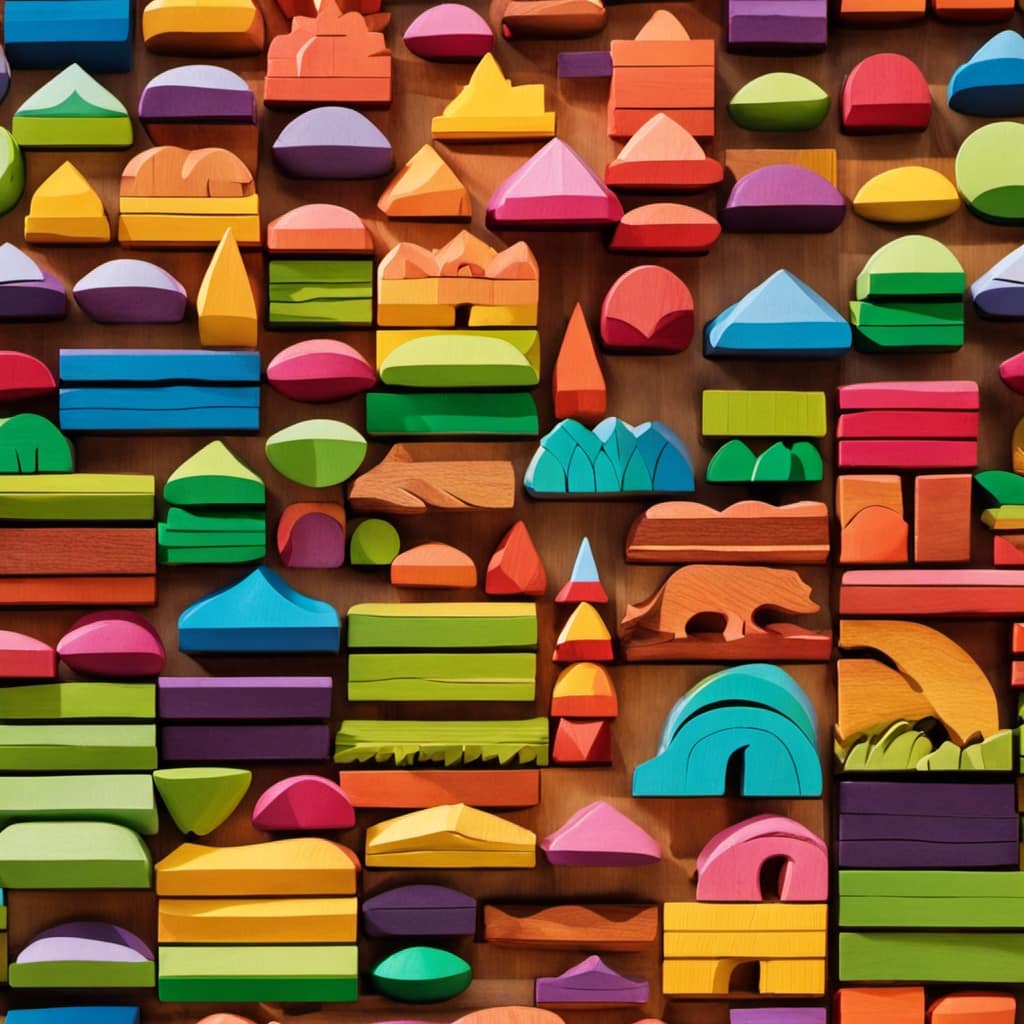
How Can Diverse Classroom Materials Foster Creativity and Problem-Solving Skills in Preschoolers?
Fostering creativity and problem-solving skills in preschoolers is essential. For example, providing diverse classroom materials like art supplies and building blocks encourages imaginative play and helps children explore different solutions to challenges.
What Strategies Can Be Implemented to Promote Equality and Inclusivity Among Preschool Students?
Promoting diversity and building a sense of belonging among preschool students can be achieved through strategies such as providing inclusive materials, addressing individual needs, promoting collaboration, and teaching the importance of respecting and valuing each other’s contributions.
Conclusion
In conclusion, personal toys in preschool settings can have both positive and negative impacts on safety and learning. While they may contribute to distractions and disruptions in the classroom, there is also the potential for fostering creativity and social interaction among students.
It is crucial for teachers and caregivers to carefully consider the safety concerns associated with personal toys, ensuring that they meet safety standards and do not pose choking or injury hazards. For example, a case study conducted in a preschool found that allowing children to bring their favorite toys to school led to increased engagement and motivation in learning activities.
However, it is important to strike a balance and establish clear guidelines to ensure a safe and productive learning environment. By promoting sharing, inclusivity, and providing materials that cater to different learning styles, we can create an environment that supports the overall well-being and academic success of preschoolers.

